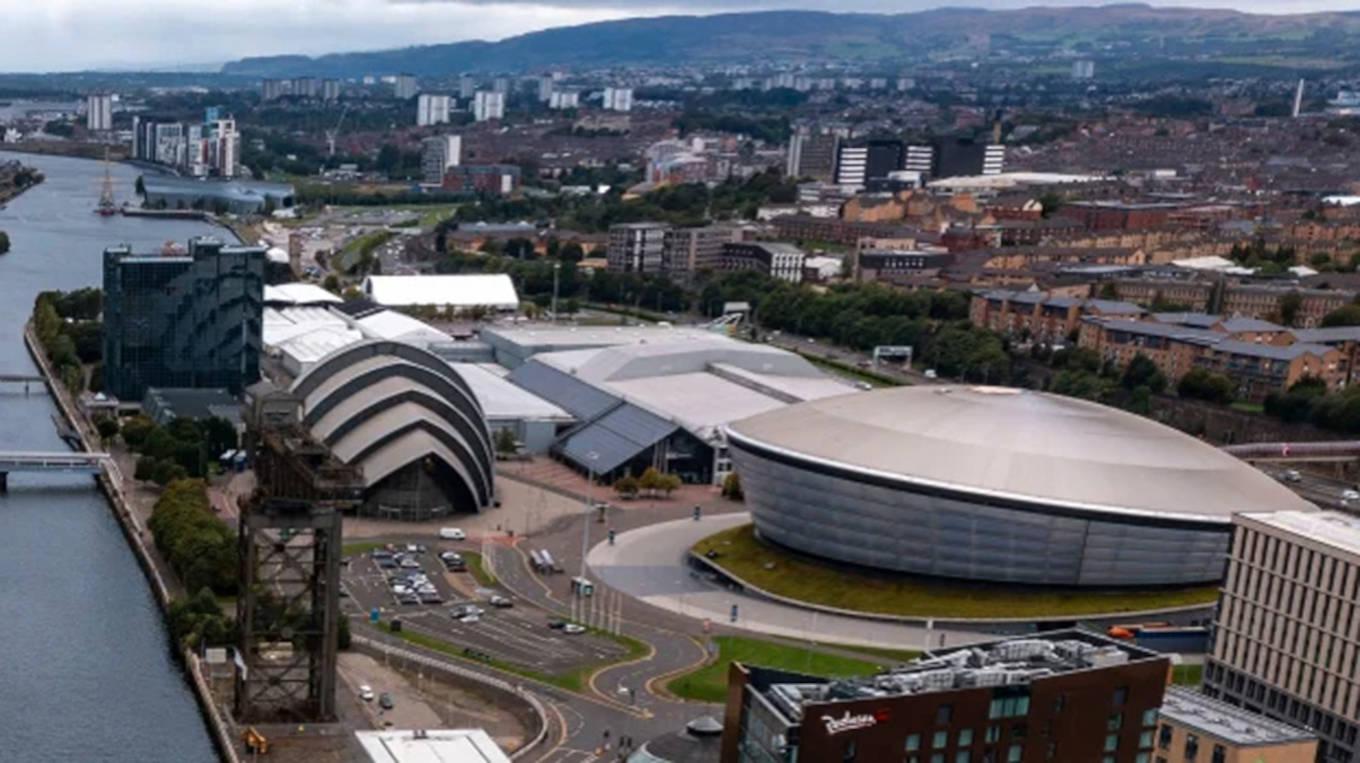-
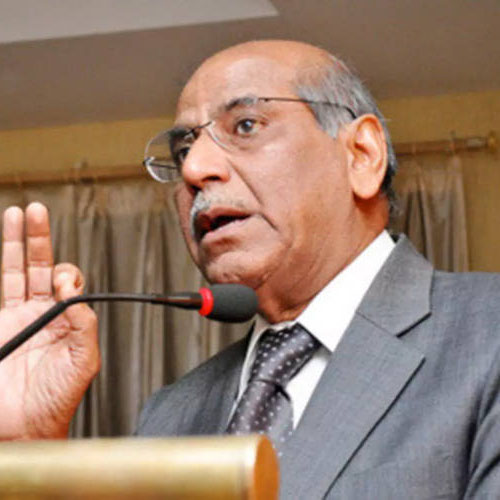
Saran: ‘commit India to a green recovery’
The Modi government believes these actions collectively would not only further reduce the emission intensity of its GDP (GHG emissions per unit of GDP) but also substantially increase the share of non-fossil fuels in the overall energy mix in 10 years.
India also claims that it is the only country among its G20 peers close to limiting temperature rise to 1.5 degree C. India’s non-fossil fuel installed power capacity at 153.88 GW is already 39.64 per cent of the total installed capacity, which indicates the country is likely to exceed one of the elements of its NDCs (as per the environment ministry’s statement in September). India has already achieved a drop of 24 per cent in the emissions intensity of its GDP compared to 2005 levels. All this will hold India in good stead during the negotiations.
However, India’s record in afforestation and creation of carbon sinks has not been stellar. Indeed, it is only now that the slow pace of afforestation has forced the government to think of amending the Forest Conservation Act 1980 to bring significant changes to forest governance in India including facilitating private plantations for harvesting and exploration or extraction of oil and natural gas deep beneath forest land by drilling holes from outside the forest areas.
Will the declarations suffice? Shyam Saran, former foreign secretary and former Prime Minister Manmohan Singh’s climate envoy, feels India should go beyond a mere balancing strategy. “We should commit India to a “green recovery”, making certain that we put in place an alternative economic strategy of sustainable growth. The current trajectory of our economic development will lead to a dead-end. International credibility will be earned by the formulation and adoption of a sustainable growth strategy, which puts India on the path of low-emission growth rather than through the announcement of ambitious targets for the achievement of which the wherewithal is missing.”
According to Climate Action Tracker, an independent scientific analysis by two research organisations Climate Analytics and NewClimate Institute, India could become a global climate leader if it enhances its 2030 target, abandons plans to build new coal power plants and phases out all coal production by 2040. That appears unlikely for the moment.
Smart strategy?
India’s negotiating strategy will have to be a smart one as developed nations, led by the US, the UK and some EU countries, for some time have been pitching for bringing all big emitters including India and China on board to commit to net-zero target by 2050. Presently, India accounts for 7.1 per cent of global emissions. Net zero means reducing greenhouse gas emissions as much as possible and then balancing out any further releases by absorbing an equivalent amount from the atmosphere – for instance, by, planting trees and thereby creating a carbon sink.
The pliant against India by some developed countries is that it has not followed other major carbon emitters in announcing that they would become carbon neutral by 2050, not even after China (the world’s biggest emitter and its geopolitical rival) set for itself the 2060 deadline though its leader Xi Jinping has decided to give the Glasgow meet a miss and China has yet to publicly articulate its plans of how it will reach the target. Despite the announcement that it will be carbon neutral by 2060 and its emissions will peak before 2030, China has been criticised for building new coal plants. Yet it has stuck its neck out.
-
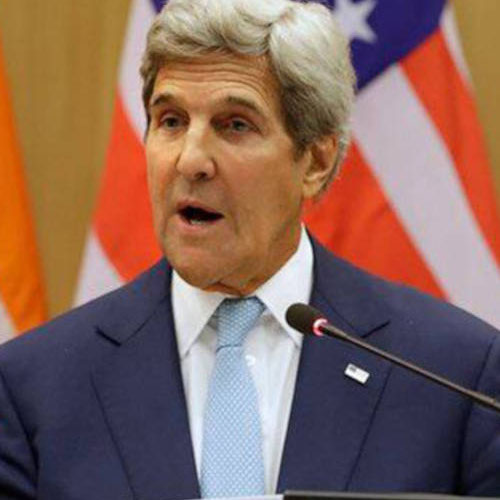
Kerry: India is a ‘critical partner’
The US, the second largest emitter, has set 2050 as deadline to reach net zero and it says it will decarbonise its power sector by 2035. So has the European Union, which occupied the third place, with leading members like Germany even setting more aggressive targets (2045). But India, the fourth-largest emitter after EU (third largest as a country), has neither announced the net zero year nor has it submitted (yet) to the UN an updated climate plan with raised carbon-reduction ambition, as required by the Paris agreement every five years.
Its dependence on coal (70 per cent of our power is generated using coal) and the fact that over 50 GW of financially stressed coal assets are already weighing on the banking system makes it difficult to take a complete break from this fossil fuel.
In the recent past, COP26-watchers tracking the developments have been trying to make sense out of the signals which India has been sending out and the diverse platforms it has chosen to board. Early this year, there was speculation about India announcing its net zero emissions goal. This followed a visit by COP26 president-designate Alok Sharma in February. A report published by the International Energy Agency during the month also suggested India could get on a path to net zero emissions by the mid-2060s. In fact, The Guardian of London reported recently that Prime Minister Narendra Modi was on the verge of announcing the net-zero year this spring but stayed his hand because of the worsening Covid pandemic.
It appears that the Modi government had then come to the conclusion that the diplomatic political gain of such a move would have been greater than the domestic cost. India’s response then was said to be based on modelling work, largely focused on sectoral analysis, carried out by research groups and academics. A detailed cross-ministerial process had yet to happen.
But now this appears to have been done. If push comes to shove and India does announce an ambitious plan short of net zero at Glasgow, it will at least know what is in store. Experts believe that while India can easily decarbonise half of its power supply network through renewables and electrify passenger transport, addressing carbon-intensive sectors such as steel and cement, where the per capita consumption is forecast to grow significantly, will be much more difficult.
Growing pressure
Pressure has been growing. The Biden administration has been trying to pivot the US towards economic opportunities for its companies by assuming climate leadership after the Donald Trump era saw a disowning of the Paris accord. Biden has set a national greenhouse gas pollution reduction target to achieve a 50-52 per cent reduction in US emissions from 2005 levels by 2030. He has been rushing his climate envoy John Kerry around the globe.
Getting India to commit to the net-zero target has been the theme of Kerry’s interactions with top policy makers in New Delhi. Speaking at the India Ideas Summit organised by the US-India Business Council, Kerry described India as a “critical partner” in the effort to bring down carbon emissions that would limit global warming to 1.5 degrees Celsius in the decade between 2020-2030. He expressed the hope that India would demonstrate the “seriousness" of its climate ambitions at the Glasgow meet.
-
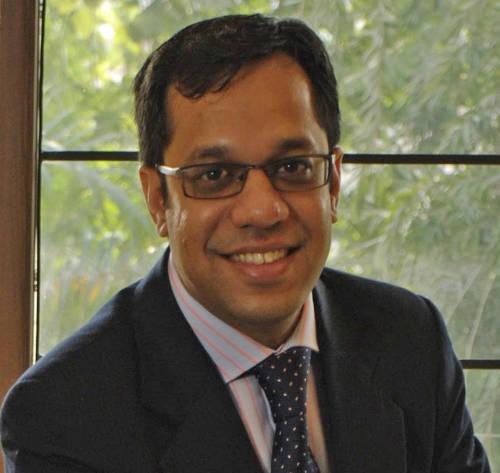
The US has been wooing India assiduously in other ways too. In April, at the Leaders Summit on Climate hosted by the US, President Joe Biden joined Modi in launching the India-US Clean Energy Agenda 2030 Partnership which will proceed along two main tracks: the Strategic Clean Energy Partnership and the Climate Action and Finance Mobilization Dialogue.
“Together we will help mobilise investments, demonstrate clean technologies, and enable green collaborations,” Modi declared then. In September, a new track on ‘emerging fuels’ was added to the partnership. This comes against the backdrop of India’s push for new-age, emission-free fuels such as green hydrogen in fertilizer production and petroleum refining. Besides providing grid-scale storage solutions and feedstock for ammonia production, hydrogen can be used for fuel cell and is being leveraged for mobility applications and transportation.
Moreover, India is a signatory to the voluntary emissions-control commitments recently made by Quad countries – Australia, Japan, and the US being the other members of this grouping – that all member states will update or communicate ambitious NDCs under the Paris Agreement. The Quad countries said they will pursue efforts to limit global warming to 1.5 degree C above pre-industrial levels. To this end, Quad countries intend to update or communicate ambitious NDCs by COP26 and welcome those who have already done so. Quad countries will also coordinate their diplomacy to raise global ambition, including reaching out to key stakeholders in the Indo-Pacific region.
“Our work is organised across three thematic areas: climate ambition, clean-energy innovation and deployment, and climate adaptation, resilience and preparedness, with the intent to pursue enhanced actions during the 2020s, contributing to the aim of achieving global net-zero emissions preferably by 2050, and taking into account national circumstances,” the Quad statement said. While the rider on “national circumstances” does provide some elbow room, India will have to prove its mettle to prevent being an outlier in the grouping.
Like minded allies
While going along with the western “biggies”, India has at the same time hedged its bets by joining the grouping of nations calling themselves ‘Like Minded Developing Countries’, or LMDCs, in opposing net zero. Interestingly, even China is a member of this grouping. So are Indonesia, Malaysia, Iran, Bangladesh, the Philippines and Sri Lanka. Last fortnight, in a virtual meeting, ministers of 24 LMDCs, denounced the efforts to force a net-zero target on everyone, saying it went against ‘equity’ and ‘climate justice’. Reminding the developed world that the COP meetings were a history of their “broken promises”, the LMDCs said it was lack of adequate action on the part of rich nations that had led to worsening of the climate crisis.
“Despite their lack of ambition shown in the pre-2020 period, as well as in their Paris Agreement NDCs (nationally-determined contributions), major developed countries are now pushing to shift the goal posts of the Paris Agreement from what have already been agreed by calling for all countries to adopt Net Zero targets by 2050. This new ‘goal’ which is being advanced runs counter to the Paris Agreement and is anti-equity and against climate justice,” the ministerial statement said.
-
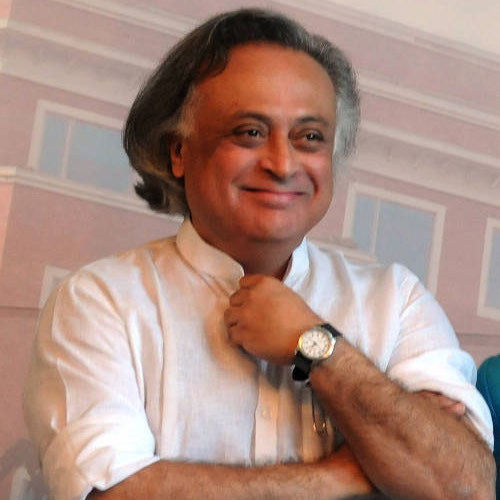
Ramesh: net-zero is a misleading slogan
New Delhi is regularly invoking the polluter-pays principle to appeal to the LMDCs. While this move is reminiscent of the jargon of the 1980s, it helps in reassuring those who feel they are at the receiving end of climate negotiations. Arunabha Ghosh, chief executive officer of Council on Energy, Environment and Water (CEEW), said, “Combating the rising frequency and scale of extreme climate events is fiscally draining for developing countries such as India. At COP26, developed countries must regain trust by delivering the $100 billion promised since 2009 and commit to stepping up climate finance over the coming decade. Further, India must collaborate with other countries to create a Global Resilience Reserve Fund, which could act as insurance against climate shocks.” Apart from climate finance, India is also linking its climate change mitigation strategy to capacity building and technology transfer.
But if India is hoping that the developed countries will loosen their purse-strings, it could be in for a long haul. Though the US has announced at the UN General Assembly meeting that it would increase its international climate finance to $11.4 billion a year by 2024, many feel that given the enormity of the problem and unless other developed countries follow suit, that isn’t much. Shyam Saran, one of our more perceptive foreign policy thinkers, says, “Whatever commitments India will make at the summit, these will have to rely on domestic resources which have shrunk owing to the impact of the Covid-19 pandemic.”
Thus, issues like carbon markets will have to be a key talking point for India at Glasgow. India has earned millions of carbon credits from Kyoto Agreement era assurances and is unable to trade them in the absence of rules for future carbon trading. So are several developing countries. (See Box: Big role for Modi).
Against net zero
The Modi government can take comfort in the fact that domestic opinion is fairly strong against India opting for net zero and it can leverage this factor in the bargaining table. Jairam Ramesh, former environment minister, says, “Net zero is, in fact, a misleading slogan. What does net zero mean? You’re putting in as much as you’re taking out, and we do not have the technologies for taking out today, physically. And India cannot phase out fossil fuels in the immediate future, India can phase down fossil fuels, but it cannot phase out with today’s energy storage technologies. We still need baseload electricity generating capacity. And that will come either from coal or from nuclear. Both have their limitations.”
Chandrashekhar Dasgupta, former ambassador to the European Union and China, and a climate negotiator, feels that for India, a net-zero emissions target could be deeply flawed response to the climate change challenge. “Each country should contribute to the global goal in accordance with the principles of ‘common but differentiated responsibilities’ and its national circumstances, as required by the UN climate change convention and the Paris Agreement.”
“India’s current and historical per capita emissions are very low and these will increase for the next few decades as we pursue our sustainable development goals. A national 2050 ‘net-zero’ commitment would undermine these goals, especially poverty eradication and human resource development,” Dasgupta said.
-
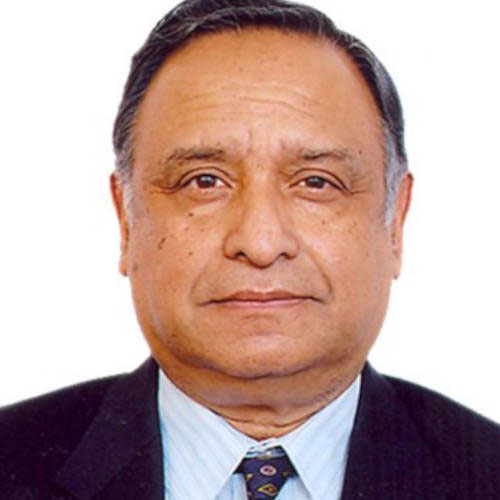
India’s record
As for the decision on NDC, it is always taken at the highest political level because it involves many sectors. India’s present NDC submitted in 2015 consists of three main elements – an economy-wide emissions intensity target of 33-35 per cent below 2005 levels, electric power capacity target of 40 per cent installed capacity from non-fossil-based energy resources by 2030 (conditional to international support), and creating an additional carbon sink of 2.5-3 billion tonnes through forest and tree cover by 2030.
India claims it is on course to outperform its Paris climate agreement pledge to reduce its carbon footprint by 33-35 per cent from 2005 levels by 2030. The Paris climate goal is to keep global average temperature rise to well below 2 degree C and strive for 1.5 degree C to prevent runaway climate change.
However, following a spate of adverse reports and developments, the pressure is coming from all sides. India's own first-ever climate change assessment report published by the ministry of earth sciences last year found that both the frequency and intensity of droughts had increased significantly between 1951 and 2016. It warned that heat waves would intensify by four-fold by the end of the century. T
he recent flash floods in Kerala and Uttarakhand, as well as the first of its kind Climate Vulnerability Index released by the CEEW, have shown how climate change has become a real and present danger. On top of that, the Intergovernmental Panel on Climate Change (IPCC) report, prepared by UN's climate science organization, has indicated that the Paris target is fast slipping out of reach because countries are not cutting down carbon emissions fast enough, causing global temperature to rise.
Unlike previous summits, where India negotiated its way out through a combination of arguments, alliances and bluster, experts believe Glasgow will be more challenging. A combination of factors is shaping India’s stand – its growing demand for more electricity and refusal to give up on coal, the devastating after effects of climate change from Kerala to Uttarakhand, the rivalry with China and last but not the least, Modi’s desire to emerge as a climate warrior on the global stage. That is why India is keeping its negotiating cards close to the chest till the last minute.
But even if the strands of India’s negotiating stand fall in place, how will it help shape the Glasgow deal? The coming weeks will tell.
-
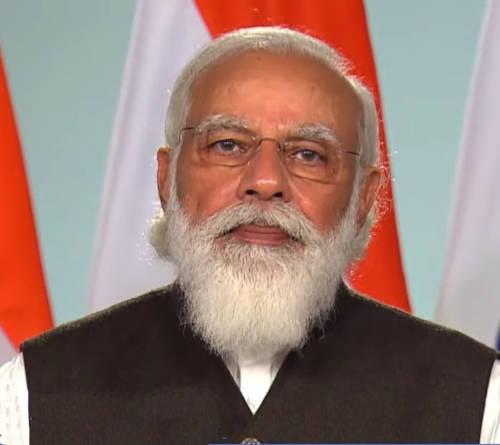
Modi: climate warrior of the world?
Big role for Modi
Can he revive carbon credit mechanism?
India, led by Prime Minister Modi, is expected to play an important part in reviving the carbon market mechanism, which has been hanging since the 2019 Madrid conference. Modi’s intervention at the World Leaders Summit will stress on the subject.
The carbon credit system allows countries to reduce their emission reduction targets by accumulating and trading in carbon credits. As per rough estimates, nations hold close to 4 billion unsold certified emission reductions (CERs). India has a depository of 750 million and China has much more than India.
Indeed, one of the key negotiation topics in COP26 is the wrapping up outstanding negotiations for continuation of carbon credits, which allow companies to compensate for their greenhouse gas emissions under the 2015 Paris Agreement. The new climate change voluntary mitigation mechanism, as outlined in Article 6 (market and non-market mechanisms) of the Paris Agreement rulebook aims to assist organisations in reducing carbon footprints. China, Brazil and some other developing countries have also been advocating for continuation of carbon credits.
A latest report from an international task force led by UN Special Envoy for Climate Action and Finance, Mark Carney, and chaired by Bill Winters, CEO of Standard Chartered Bank, says, to achieve the Paris goals to limit global warming, the global community needs to reach 'net zero' emissions by no later than 2050. This will require a whole-economy transition – every company, every bank, every insurer and investor will have to adjust their business models, develop credible plans for the transition and implement them.
The report, Taskforce on Scaling Voluntary Carbon Markets, says given the demand for carbon credits that could ensue from global efforts to reduce greenhouse-gas emissions, that the world will need a voluntary carbon market that is large, transparent, verifiable, and environmentally robust.
At the 2019 UN climate summit, the countries failed to agree unanimously on Article 6 concerning the carbon markets system as the lengthy negotiations remained inconclusive despite 48 hours past the official deadline.
Explaining the carbon market mechanisms, the UNFCCC says when countries set a limit, or cap, on greenhouse gas emissions, they create something of value: the right to emit. What happens if we apply market principles and rules? The countries or companies that reduce emissions below their cap have something to sell, an unused right to emit, measured in tonnes of CO2 equivalent.
Countries and companies that don't meet their target can buy these one-tonne units to make up the shortfall. This is called emissions trading, or cap and trade. The net effect on the atmosphere is the same, provided measurements are accurate, i.e. each unit represents a true one-tonne reduction below the cap and each unit is used only once. This requires clear rules and transparency.
The Article 6 carbon market rules will replace Clean Development Mechanism (CDM) under the Kyoto Protocol, the predecessor to the Paris Agreement.
In India, 1,669 projects have been successfully registered under the CDM, millions of certified emission reductions (CERs) credits, better known as carbon credits, remain unsold with collapsing of the CDM market. One CER equals to one tonne of carbon dioxide. The CERs help companies earn billions of dollars by trading them. Currently, there is market but no political platform.
At the last UN climate summit the developed world took the stand of not allowing the 'junk' carbon market, which allows buying and selling of carbon emissions. They blamed faulty mechanism and loopholes in the existing system that failed to prevent double-counting of carbon credits and wanted a new mechanism to be put in place.
